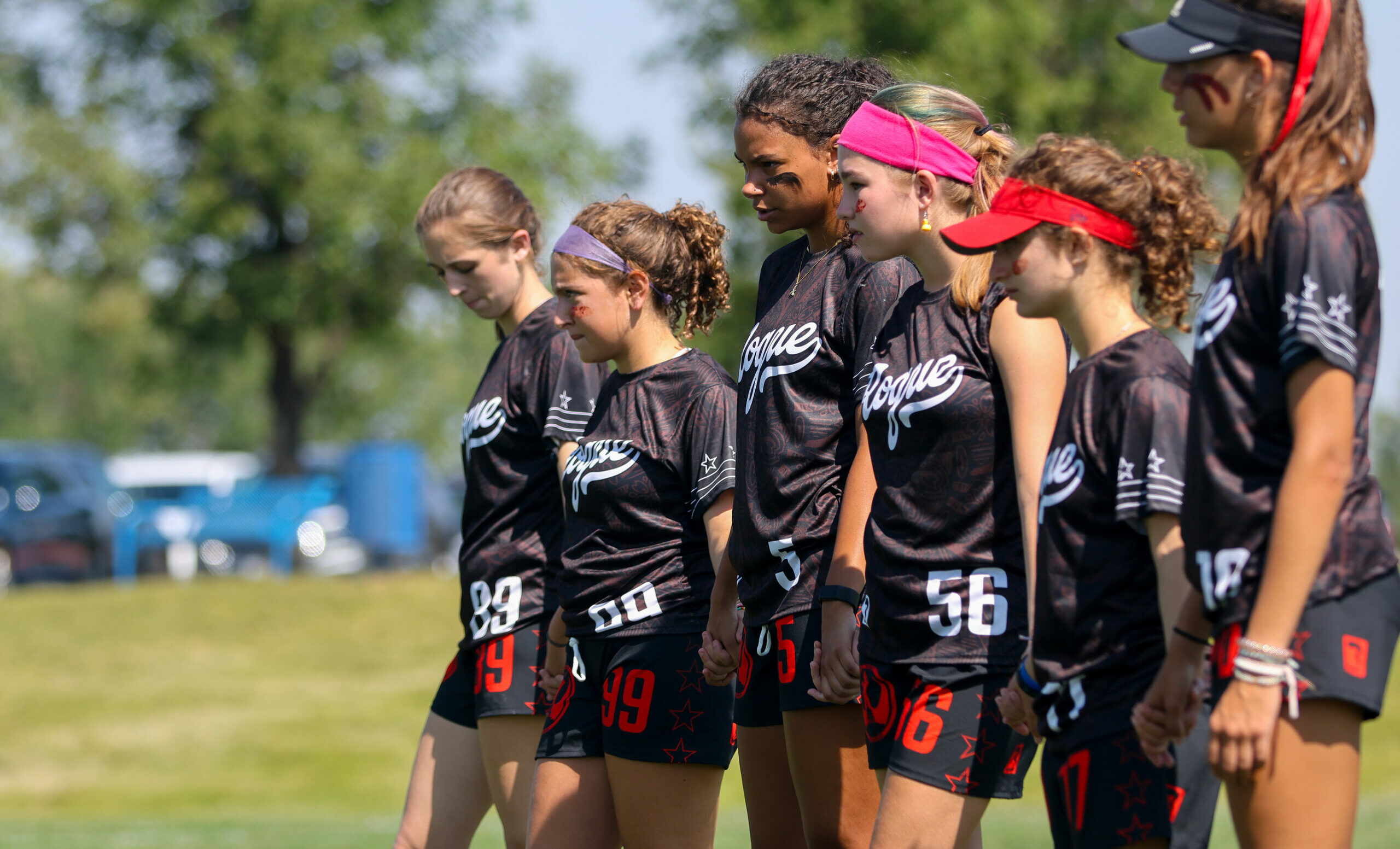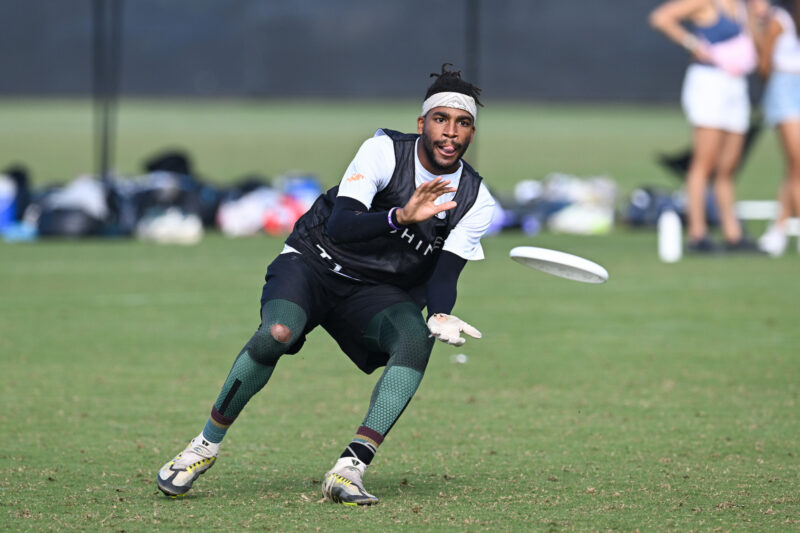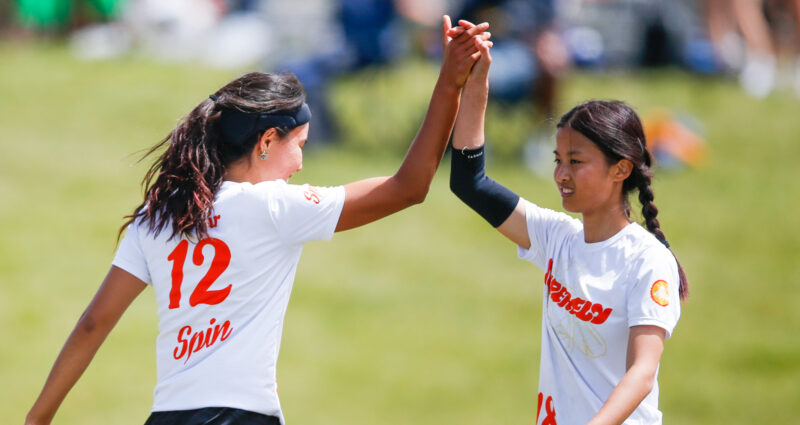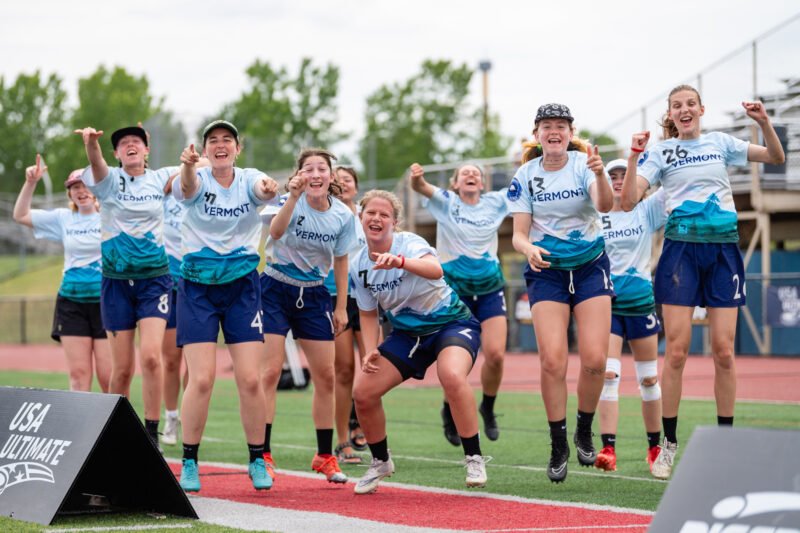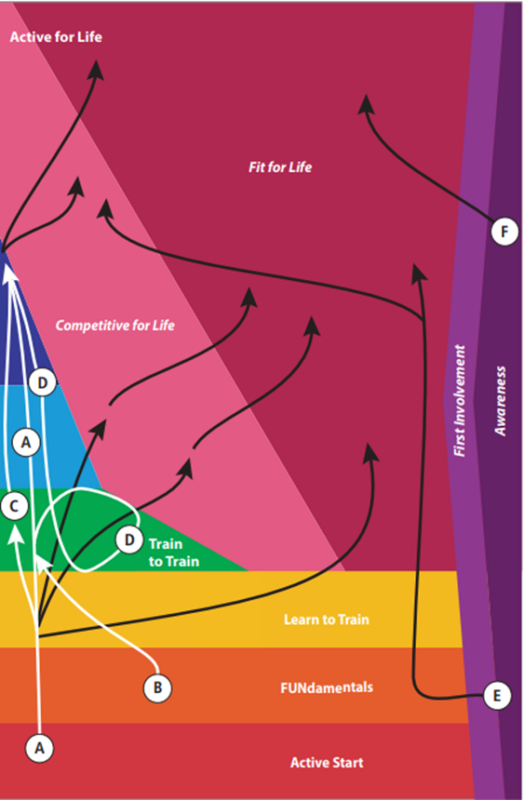LTAD establishes a clear pathway from starting ultimate to long-term success and being ultimate for life. LTAD works as a planning tool for coaches, ultimate players, or local affiliates and clubs. Not all affiliates or clubs may be able to implement all aspects of LTAD, but they should serve as aspirational targets with the understanding that an athlete-centered approach will provide an environment for success.
